
Proper nutrition is the foundation of health, energy, and longevity. It does not mean strict diets or complete rejection of your favorite foods, but implies a balanced diet that provides the body with all the necessary substances. The modern rhythm of life often forces us to choose fast food and processed meals, but such habits lead to fatigue, excess weight and digestive problems.
Proper nutrition helps to improve well-being, strengthen the immune system and reduce the risk of chronic diseases. How can we eat consciously, avoid extremes, and why is it important for everyone?
Healthy eating isn’t a strict diet — it’s a set of simple habits you can keep. Our Beauty Club mini-brochure explains the plate method, portions, smart shopping and label reading, plus a one-day sample menu. You’ll find a printable PDF at the end of this article.
Basic principles of PP
Proper nutrition is not a time limit, but a conscious choice in favor of health. When a person understands the basics of PP, they stop seeing it as a diet and start seeing it as a comfortable lifestyle. Focus not on strict prohibitions, but on a competent approach to the formation of a healthy diet.
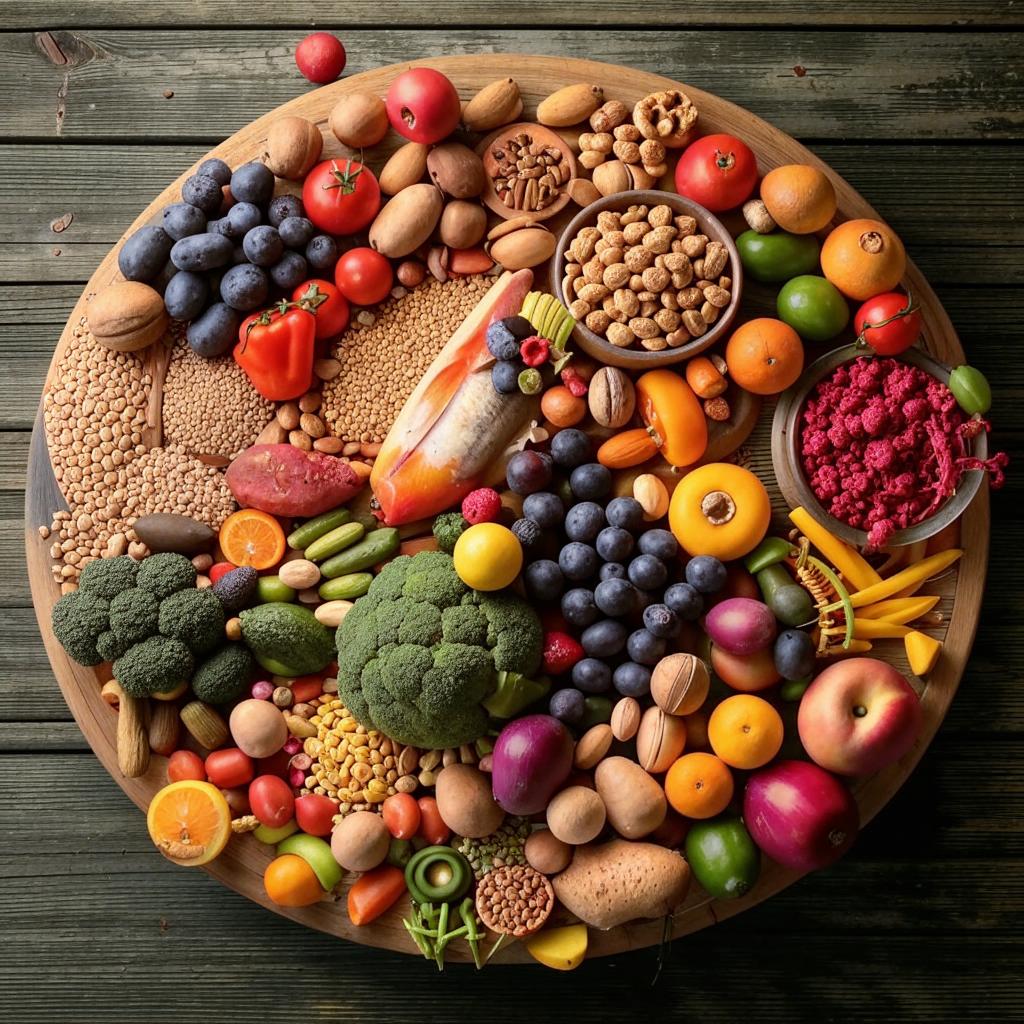
Why Balance is more important than restrictions
Many people mistakenly believe that proper nutrition requires a complete rejection of your favorite foods. The secret to success is moderation and a combination of different food groups. A balanced menu includes:
- proteins for cell construction;
- carbohydrates for energy;
- fats for hormonal balance;
- fiber for digestion;
- vitamins and minerals for all body systems.
Diet as the basis of metabolism
Nutrition according to the regime is not just a recommendation, but a physiological necessity. When a person eats at the same time, the body gets used to efficiently use energy, improves the functioning of the digestive system, reduces the risk of overeating and stabilizes blood sugar levels. The best option is three main meals and two snacks with an interval of 2.5-3 hours.
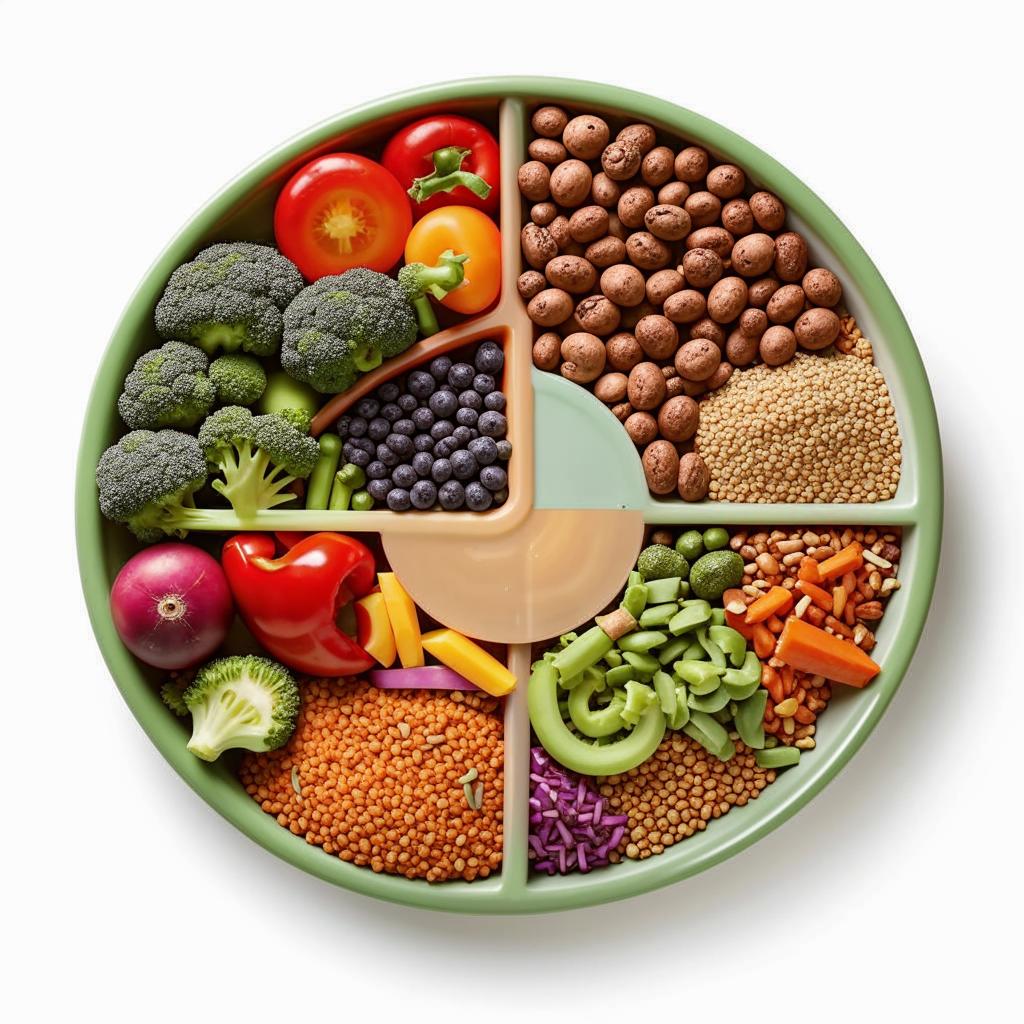
Quality vs. Calories
Modern nutritionists say: it’s not how much you eat that matters, but what you eat. A healthy diet is based on the following principles:
- preferences for whole foods;
- minimization of industrial processing;
- using gentle cooking methods;
- attention to the composition of products.
Water balance – the foundation of health
Without enough water, even the most proper nutrition will not give the expected effect. The fluid is involved in the transport of nutrients, regulation of body temperature, elimination of toxins and digestive processes. The norm is calculated individually: 30 ml per 1 kg of weight.

Diversity instead of extremes
Modern research shows that mono-diets and strict restrictions do more harm than good. A balanced menu should include different food groups: seasonal vegetables and fruits, various protein sources, healthy fats, and whole grains.
How to implement changes without stress
The transition to proper nutrition should be gradual. Start by replacing the most harmful foods, gradually introduce new healthy habits, experiment with recipes and find healthy alternatives to your favorite dishes.
The basics of PP are not a set of strict rules, but a flexible system that can be adapted to individual needs and lifestyles. Choose long-term health over temporary results.
Example of a balanced menu: what the perfect day looks like
Proper nutrition is not boring buckwheat with chicken for a week. In fact, a healthy diet can be varied, delicious and even convenient if you approach it wisely. Follow the basics of PP, not forgetting about the balance of nutrients and personal preferences.
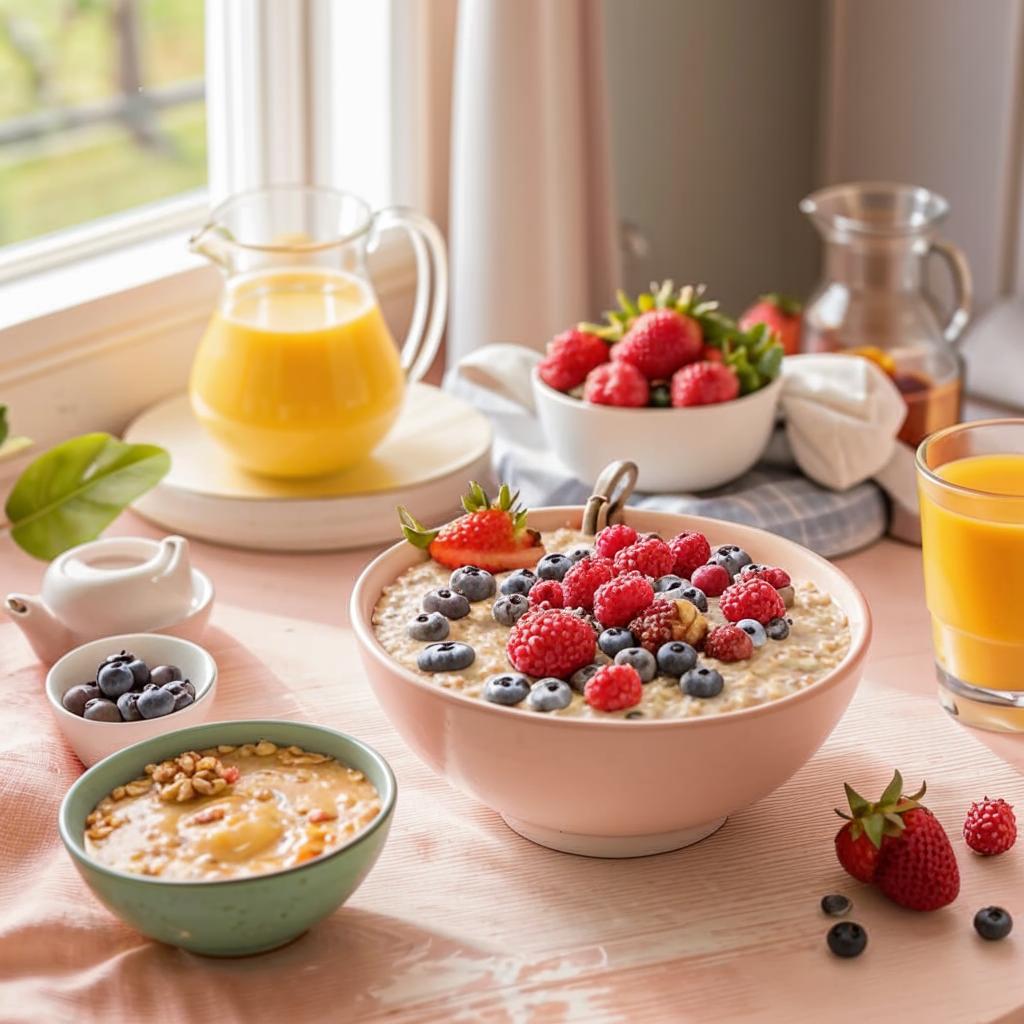
Breakfast: energy for the whole day
Morning is the best time for complex carbohydrates, which will give you a boost of energy. The ideal option is oatmeal with berries and nuts or whole–grain toast with avocado and egg. Such a balanced breakfast menu will provide the body with fiber, healthy fats and protein, and most importantly, it will not cause a sharp jump in blood sugar.
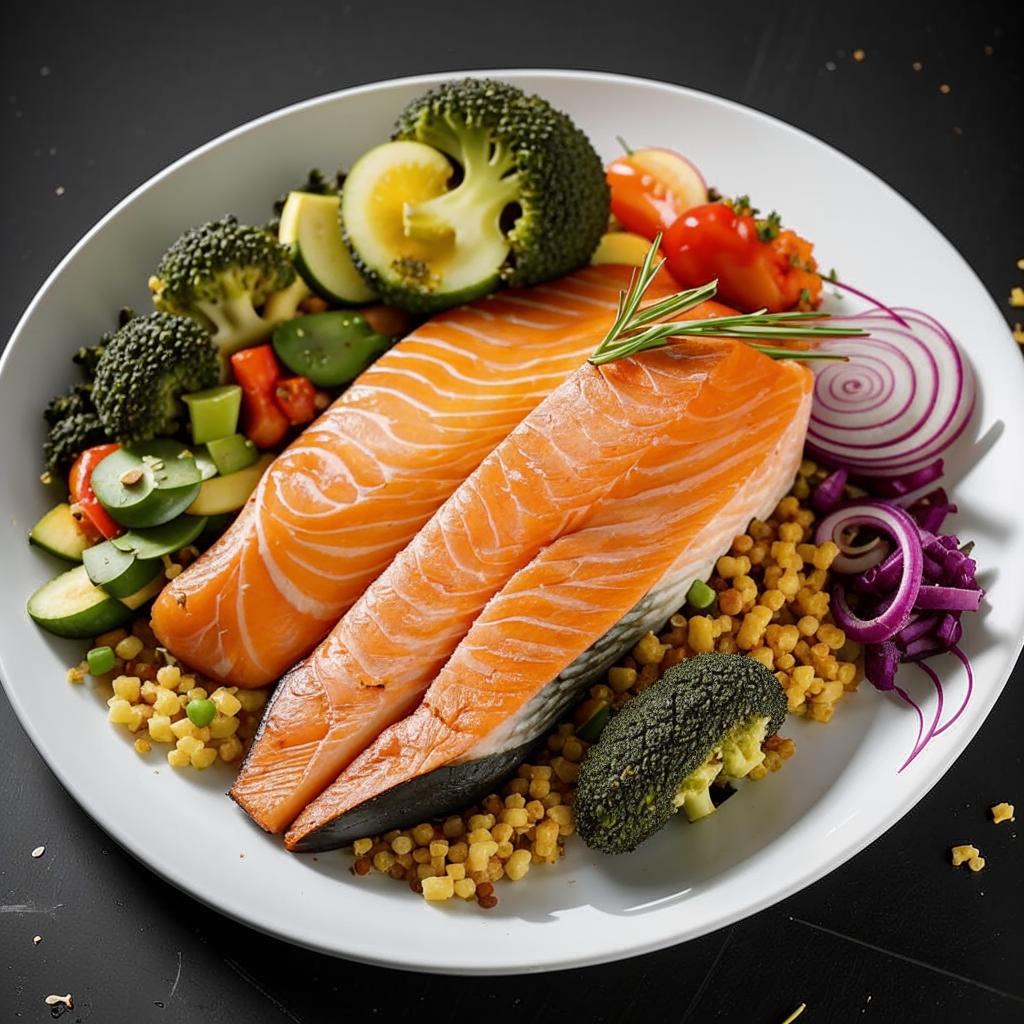
Lunch: a substantial meal
In the middle of the day, it’s important to get enough protein and slow carbs to keep you productive. For example, baked chicken breast with quinoa and stewed vegetables, or salmon with brown rice and green salad. Eating according to the regime implies that lunch should be the most high-calorie meal, but without feeling heavy.

Dinner: lightness and benefits
An evening meal should not overload your digestion, but you can’t skip it either. Baked fish with vegetable stew or an omelette with spinach is ideal. If you add some healthy fats, such as a spoonful of olive oil, the absorption of vitamins will improve. Proper nutrition in the evening is not fasting, but a competent choice of products.
Snacks: how to avoid disruptions
Between the main meals, you can afford healthy snacks – natural yogurt with chia seeds, a handful of nuts or fruit with cottage cheese. Do not turn them into additional full-fledged meals, otherwise a healthy diet will quickly become excessive in calories.

Drinks: what can I do besides water
Clean water is the basis of proper nutrition, but sometimes you want variety. Green tea, herbal infusions, fresh juices (in moderation), and even sugar-free coffee can complement a balanced menu. Avoid sugary sodas and packaged juices with added sugar.
How to adapt the menu for yourself
There is no universal healthy diet – some people need more protein, others need complex carbohydrates. You can experiment with cereals, types of meat and fish, and cooking methods. The basics of PP allow for flexibility, if the balance of proteins, fats, and carbohydrates and caloric content is maintained.

How to make the perfect diet: a step-by-step guide
The transition to proper nutrition seems difficult only at first glance. In fact, by mastering a few basic principles, everyone can create an optimal healthy diet for themselves. There are no universal solutions. Nutrition should take into account individual characteristics.
Define your goals and needs
Before making a menu, it is important to understand why a person changes their eating habits. Some people need to lose weight, others need to gain muscle mass, and others just need to feel good. The basis of PP for these cases will differ in caloric content and nutrient balance.

Calculate the required caloric content
Without this step, it is impossible to create a truly balanced menu. There are various calculation formulas, but it is easier to use special applications. They take into account:
- age;
- weight;
- height;
- level of physical activity.
Proper nutrition begins with understanding your energy needs.
Maintain a balance of nutrients
The ideal ratio of BZHU depends on the goals, but the classic formula looks like this: 30% protein, 30% fat and 40% carbohydrates. A healthy diet must include all three components, excluding only extreme cases for medical reasons.
Plan your meals according to the following schedule
Optimally distribute meals throughout the day at intervals of 3-4 hours. Breakfast should be served within an hour after waking up, and dinner should be served 2-3 hours before bedtime. This diet helps to maintain a stable energy level and avoid overeating.

Choose quality products
PP basics imply the priority of natural food:
- fresh vegetables and fruits;
- whole grains;
- high-quality protein products.
The less processing a product has undergone, the more useful it is. A balanced menu is based on seasonal and local products.
Consider your personal preferences
Proper nutrition should not be a torment. If a person does not like cottage cheese, you can find alternative sources of protein. Don’t like vegetables – experiment with cooking methods. A healthy diet is good because it allows for a lot of variations.
Keep a food diary
At first, it is useful to record all meals. This helps you analyze errors and adjust the menu. Many people are surprised when they see how much they actually eat “in between”. Eating according to the regime disciplines and teaches mindfulness.
Don’t forget about the water
Any balanced menu will not work without a sufficient amount of liquid. Water is involved in all metabolic processes and helps the body absorb nutrients. This is an important component of proper nutrition.
The basics of PP are not dogma. If you sometimes want something “forbidden”, you can make an exception. The main thing is that such cases do not become a system. A healthy diet is a way of life, not a temporary diet.

Common mistakes when switching to proper nutrition
Many people who decide to switch to a healthy diet make the same mistakes that prevent them from achieving the desired results. Knowing these pitfalls will help you avoid frustration and make the transition to proper nutrition more comfortable.
Abrupt rejection of the usual products
One of the main mistakes is trying to exclude all your favorite, but not the most healthy, dishes in one day. The basics of PP do not require instant rejection of everything delicious. It is more effective to gradually replace harmful products with useful analogues. For example, instead of milk chocolate, first switch to bitter, and then reduce its amount.

Excessive calorie counting
While monitoring the energy value of food is important, constantly weighing each serving and meticulously counting calories can make eating a regimen an obsession. Remember that a balanced menu is not only about numbers, but also the quality of products, their compatibility and cooking method.
Ignoring individual characteristics
Blindly following someone else’s example is a common mistake. What is perfect for one person may not suit another person at all. Proper nutrition should take into account age, level of physical activity, health status, and even personal taste preferences.
Lack of diversity
Many people switch to a healthy diet and start eating the same “safe” foods every day. This not only gets boring quickly, but also deprives the body of a whole range of essential nutrients. The basics of PP imply diversity – different types of meat, fish, cereals, vegetables and fruits.
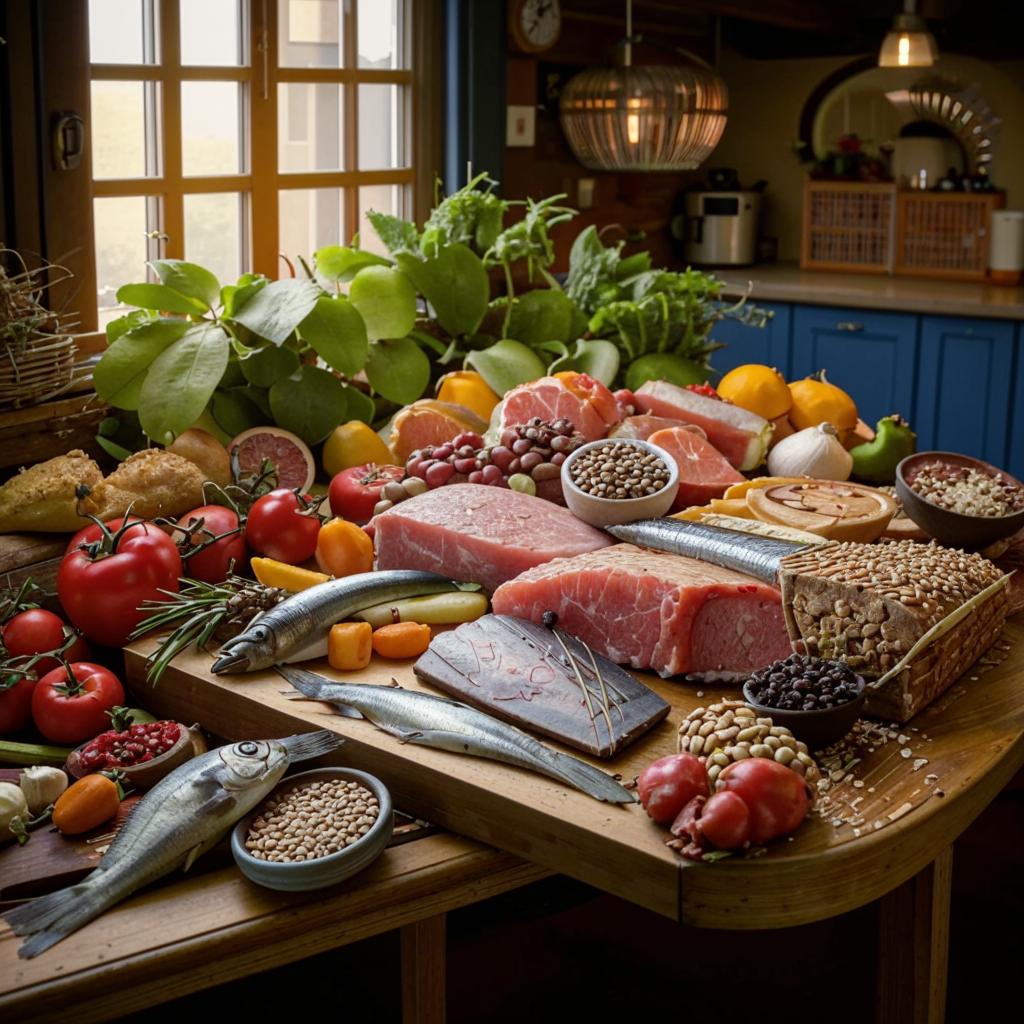
Unjustified bans
Completely avoiding carbohydrates or fats is a serious mistake. Even when losing weight, the body needs all groups of nutrients. Nutrition according to the regime should be complete, and not based on the exclusion of entire product categories. The measure is important, not categorical prohibitions.
Neglect of the diet
Irregular meals are a common problem. Skipping breakfast, having a big dinner after a long break-all this disrupts the metabolism. A balanced menu involves a clear schedule of meals, which helps the body work like clockwork.
Excessive use of superfoods
Many people are beginning to believe that without goji berries, chia seeds or spirulina, proper nutrition is impossible. Ordinary local products are often no less useful, and most importantly-more affordable. Don’t go chasing fancy expensive ingredients.
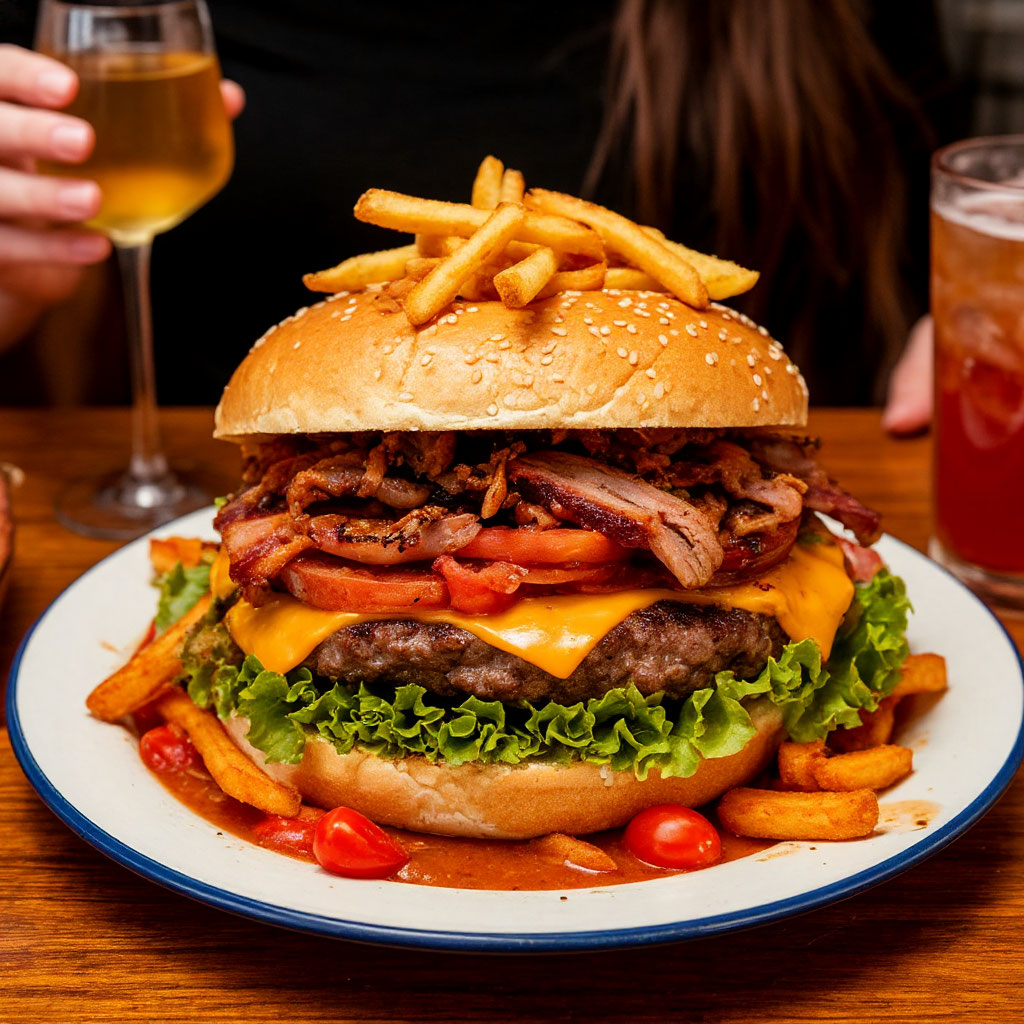
Lack of fluid
Even with a perfectly healthy diet, the lack of water negates all efforts. Water is essential for the absorption of nutrients, the elimination of toxins and the normal flow of all physiological processes. This is an important part of the basics of PP.
Lack of flexibility
Too rigid an approach often leads to breakdowns. Meals according to the regime should allow for small deviations – a festive dinner or a favorite dessert on weekends. This helps you stay motivated and not feel restricted.

Expect instant results
The transition to proper nutrition is a gradual process. Waiting for changes in a week is unwise. The body needs time to adjust. A balanced menu gives you a long-term result, not an instant effect.
Healthy Eating Habits
The transition to proper nutrition becomes easier when certain healthy habits are formed. They help to make a healthy diet not a temporary measure, but a natural part of everyday life. Implement the changes gradually so that they are fixed for a long time.
Planning your weekly menu
One of the most effective ways to stick to the basics of PP is to set aside time to make an approximate meal plan. When you have a well-thought-out balanced menu at hand, the temptation to eat something harmful is reduced. It’s enough to spend 20-30 minutes on a weekend to think through the main meals for the upcoming week.
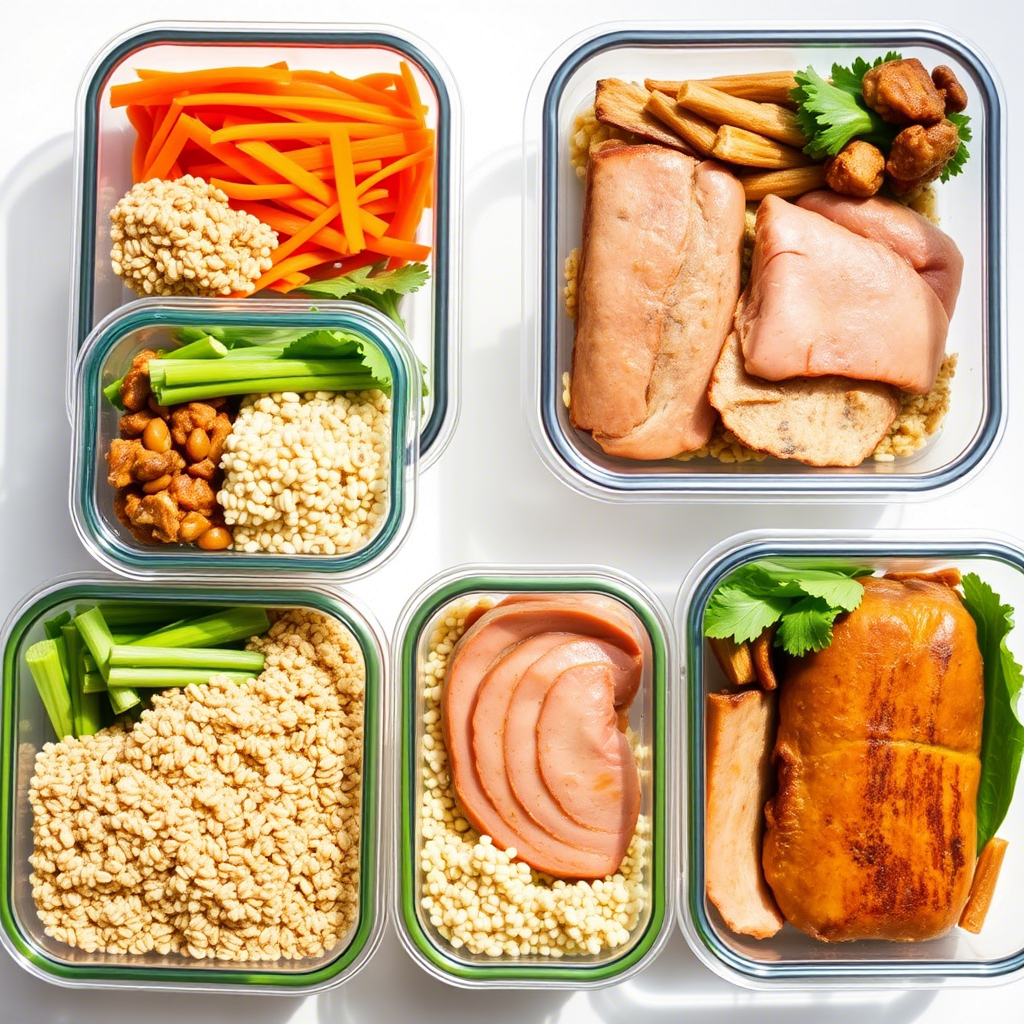
Preparing meals in advance
The meal prep method is ideal for those who want to organize meals according to the regime, but do not have the opportunity to cook several times a day. If you set aside a few hours on a weekend, you can:
- prepare main dishes for 2-3 days;
- chop vegetables for salads;
- cook cereals for side dishes;
- arrange portions in containers.
A conscious approach to shopping
The formation of proper nutrition begins in the store. A good habit is to never go hungry for food and always have a list of what you need with you. This makes it easier to avoid impulse purchases of harmful products. It is important to study the composition, choosing options with minimal processing.

Regular drinking regime
Often the feeling of hunger actually turns out to be thirst. The habit of starting the day with a glass of water and drinking enough fluids throughout the day is an important component of a healthy diet. You can set reminders on your phone or always keep a water bottle in a prominent place.
Slow and deliberate food consumption
Fast absorption of food in front of a computer or phone screen makes it difficult to feel the taste and notice saturation signals in time. The basics of PP include:
- thorough chewing;
- focus on the process of eating;
- avoiding distractions;
- enjoy the taste of each piece.

Variety on your plate
The habit of combining different food groups in one meal makes a balanced menu more interesting and useful. For example, adding vegetables and healthy fats to a protein dish will improve the absorption of nutrients. The more colors on the plate, the wider the range of vitamins obtained.
Flexible approach to constraints
Strict prohibitions often lead to disruptions. It is much more useful to develop the habit of 80/20, when 80% of the diet consists of a diet of healthy foods, and 20% is reserved for your favorite treats. This helps to maintain a balance between health and enjoyment of food.

Regular knowledge updates
Proper nutrition is an area where new research is constantly emerging. A useful habit is to periodically get acquainted with up-to-date information about a healthy diet, try new recipes and products. This helps keep you interested and motivated.
Tracking your progress
Keeping a food diary or photo reports helps you notice positive changes and adjust the basics of PP if necessary. The main thing is not to turn this process into an obsession, but to use it as a tool for self-discovery and improving a balanced menu.
Tips from nutritionists: how to make proper nutrition a lifestyle
Professional nutritionists know all the subtleties of switching to a healthy diet. Their recommendations help turn proper nutrition from a temporary measure into a comfortable system that works for years. These tips are based on scientific research and years of practice.

Individual approach
Experts emphasize that there is no universal solution for everyone. The basics of PP should be adapted to your age, activity level, health status, and even food preferences. A consultation with a nutritionist helps you create a personalized, balanced menu that really works.
The health plate principle
Nutritionists recommend a simple visual scheme for each meal: half of the plate should be vegetables, a quarter-protein, another quarter – complex carbohydrates. This approach automatically makes the diet mode balanced without complex calculations.
Flexibility instead of rigid frameworks
Experienced experts advise you to avoid categorical prohibitions. Complete rejection of your favorite foods often leads to breakdowns. It is more effective to include them in a proper diet in reasonable quantities and at the right time of day.

Focus on product quality
Nutritionists are unanimous: it’s not just what we eat that matters, but how it was grown or produced. By choosing seasonal vegetables and fruits, high-quality protein sources, and minimally processed cereals, you will significantly increase the benefits of a healthy diet.
Water as the basis of metabolism
Many people underestimate the role of water in the basics of PP. Nutritionists recommend starting the day with a glass of warm water and maintaining fluid balance throughout the day. This:
- improves digestion;
- helps control your appetite;
- accelerates metabolic processes.
Conscious attitude to food
Experts advise treating meals as an important ritual. Slow chewing, concentration on taste, and no distractions-all this makes a balanced menu more effective and enjoyable.
Regularity is the key to success
Nutritionists insist that eating a regimen with a clear meal schedule helps to stabilize blood sugar levels, avoid overeating, and maintain energy throughout the day. With a busy schedule, you can find time for full-fledged snacks.
Long-term perspective
The main advice of professionals: consider proper nutrition not as a temporary diet, but as a lifelong investment in health. Slow but steady changes produce more stable results than drastic measures.
Balance of nutrition and activity
Nutritionists emphasize the importance of combining a healthy diet with adequate physical activity. It doesn’t necessarily involve grueling workouts. Regular walks enhance the effect of the basics of PP.
Professional support
In difficult cases, experts recommend not to experiment independently, but to seek advice. Individual recommendations of the nutritionist help to create an optimal balanced menu, taking into account all the characteristics of the body.
Switching to a healthy diet is not a short-term diet, but a conscious choice in favor of energy, well-being and longevity. The basics of PP do not require strict restrictions – the main thing is to learn how to combine a variety of products, follow the diet according to the regime and listen to the needs of the body.
When proper nutrition becomes a habit, constant monitoring and anxiety about food disappears. It is important to remember: there is no perfect menu, and a balanced menu is always an individual approach. Start small, be consistent, and the results won’t be long in coming.
Make most meals colourful, balanced and consistent: vegetables + protein + whole-grain carbs + healthy fats — and water nearby.
Download the brochure (PDF): Beauty Club — Healthy Eating: What & Why



